When you live in Colorado, you’re no stranger to the unique weather conditions that can change from sunny and dry to rainy and snowy in the blink of an eye. As a result, maintaining the exterior of your home is especially important to ensure it not only looks beautiful but also stands up to the elements. Whether you live in the mountains, foothills, or on the plains, choosing the best exterior paint for Colorado is essential for long-lasting protection and curb appeal.
We will explore the best types of exterior paints for Colorado’s distinct climate, providing expert recommendations, tips for application, and answers to frequently asked questions. With the right choice, your home’s exterior can thrive through Colorado’s harsh weather conditions, including intense sun, fluctuating temperatures, and heavy snow.
The Colorado’s Climate and Its Impact on Exterior Paint
Before choosing the best exterior paint for your Colorado home, it’s important to understand the state’s diverse climate. Colorado’s weather can be challenging for exterior surfaces, as it experiences:
- High Altitude Sun: With Colorado’s higher elevations, the sun can be intense and unforgiving. UV rays can cause fading and wear on paint more quickly than in lower altitudes.
- Dry Climate: Colorado is known for its dry air, which can lead to paint cracking or peeling if not properly applied.
- Snow and Ice: In many parts of Colorado, snow and ice can be a concern during the colder months. This means you need a paint that can resist moisture penetration, preventing water damage and mildew growth.
- Rapid Temperature Fluctuations: The temperature can swing dramatically, especially in the spring and fall, leading to expansion and contraction of building materials. Paint needs to be flexible enough to cope with these changes without cracking.
Given these conditions, it’s clear that the best exterior paint for Colorado must be durable, flexible, UV-resistant, and able to withstand moisture and temperature changes. Below, we’ll dive into some of the top options to consider for your home.
Types of Paint to Consider for Colorado Exteriors
When choosing paint for your home’s exterior, it’s essential to select one that suits Colorado’s climate. Some of the most common exterior paints that perform well in Colorado include:
1. Acrylic Latex Paint

Acrylic latex paint is one of the most popular and widely recommended options for exterior painting in Colorado. This water-based paint is versatile, dries quickly, and provides a long-lasting finish. Acrylic latex paint offers the flexibility and durability needed to handle Colorado’s intense sunlight, rapid temperature changes, and moisture.
- Advantages:
- Excellent UV resistance: Protects your home from fading in the high-altitude sun.
- Flexibility: Expands and contracts with temperature fluctuations without cracking.
- Easy to clean: Water-based formulas are easy to clean with soap and water.
- Breathability: Allows moisture to escape, which prevents mildew and mold growth.
- Best For: Wood, brick, stucco, and concrete exteriors.
2. Elastomeric Paint
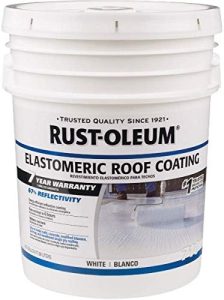
If you live in an area with a lot of moisture, such as higher elevations or near mountain ranges, elastomeric paint might be your best option. This thick, rubberized paint creates a flexible and waterproof coating on exterior surfaces. It is ideal for homes that face extreme weather conditions, including heavy rain, snow, or freezing temperatures.
- Advantages:
- Waterproof: Offers superior protection against rain and snow.
- Flexibility: Expands and contracts with the surface, making it perfect for Colorado’s temperature swings.
- Longevity: Can last up to 20 years, making it a cost-effective long-term solution.
- Best For: Homes with older masonry, stucco, or concrete exteriors that require extra protection.
3. Oil-Based Paint
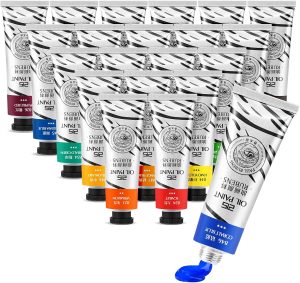
While not as commonly used today as acrylic latex or elastomeric paint, oil-based paint remains a solid choice for exterior painting in Colorado. This type of paint is known for its durability and smooth finish. Oil-based paint works well in areas that receive a lot of direct sun, as it resists fading better than water-based paints.
- Advantages:
- Durability: Creates a hard, long-lasting finish.
- Superior coverage: Provides a thicker, more durable layer that resists peeling.
- Water resistance: Works well in preventing moisture penetration, making it ideal for areas with frequent snow or rain.
- Best For: Wood siding and trim, especially when you’re looking for a high-gloss or satin finish.
4. Stucco Paint
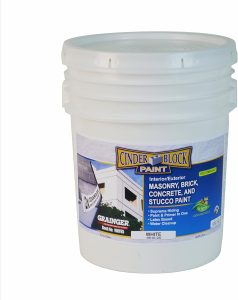
Colorado homeowners with stucco exteriors need specialized paint that can adhere well to stucco surfaces and provide protection against moisture. Stucco is porous, so it’s crucial to select a paint that can penetrate and bond with the surface while also offering protection from Colorado’s fluctuating temperatures.
- Advantages:
- Breathability: Allows moisture to escape while still offering protection against water damage.
- Fade resistance: Resists fading due to exposure to UV rays.
- Helps seal porous surfaces: Ensures water does not seep into the stucco, which could lead to cracking or mold.
- Best For: Stucco exteriors in both residential and commercial properties.
5. Masonry Paint
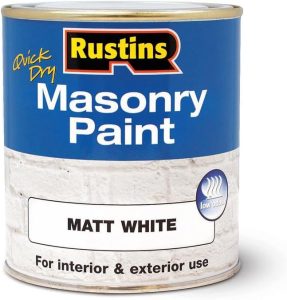
If your home has brick, stone, or other masonry materials, masonry paint is specifically formulated to adhere to these surfaces. It helps seal and protect porous masonry from moisture and damage. This type of paint also allows the surface to breathe, preventing the buildup of water under the paint film, which can lead to peeling.
- Advantages:
- Strong adhesion: Bonds well with porous masonry surfaces like brick, stone, and concrete.
- UV protection: Resists fading and cracking under intense sunlight.
- Water resistance: Provides protection against moisture damage.
- Best For: Brick, stone, and concrete surfaces.
Factors to Consider When Choosing Exterior Paint for Colorado
Choosing the best exterior paint for your Colorado home depends on several factors. Here are some key considerations to keep in mind:
1. Climate and Weather Conditions
As mentioned earlier, Colorado experiences rapid changes in weather, so you’ll want a paint that is both durable and flexible enough to handle these changes. Acrylic latex and elastomeric paints are often the best choices because they provide the flexibility and protection needed to handle temperature fluctuations and moisture.
2. Surface Material
The material of your home’s exterior is a major consideration when choosing paint. Different materials (wood, brick, stucco, etc.) may require specialized paints to ensure optimal adhesion and longevity. For example, brick and stone require masonry paint, while wood might do well with acrylic latex or oil-based paint.
3. Longevity
Colorado’s extreme conditions can wear down exterior paint quickly, so it’s essential to choose a paint that will last. Many high-quality exterior paints come with warranties of 10 to 15 years, with elastomeric paints often lasting the longest. Be sure to choose a paint that offers long-lasting protection to minimize the frequency of touch-ups or repaints.
4. UV Resistance
Because Colorado is located at a high elevation, the sun’s UV rays are more intense. This can cause paint to fade more quickly than in lower altitudes. Make sure to choose a paint that is UV-resistant, such as high-quality acrylic latex or elastomeric paint, to prevent fading and sun damage over time.
5. Moisture Resistance
Colorado’s mountainous areas and the colder months bring snow and rain. Paints like elastomeric or masonry paint offer superior moisture protection, keeping your home’s exterior dry and free of water damage, mold, or mildew.
Tips for Painting Your Home’s Exterior in Colorado
- Timing is Key: The best time to paint your home’s exterior in Colorado is during the spring or fall when temperatures are mild. Avoid painting during the summer heat or winter cold, as extreme temperatures can affect the paint’s application and drying time.
- Proper Surface Preparation: Clean the surface thoroughly before painting to remove dirt, dust, and old paint. This ensures that the new coat adheres properly.
- Use a Primer: For certain materials like wood or masonry, applying a high-quality primer before the paint can help improve adhesion and durability.
- Multiple Coats: Applying two or more coats of paint will help ensure better coverage and a longer-lasting finish. Always follow the manufacturer’s recommendations for the number of coats.
- Hire a Professional: If you’re unsure about the right paint or how to apply it, consider hiring a professional painting contractor who understands Colorado’s unique weather conditions.
Frequently Asked Questions About Exterior Paint for Colorado
- What is the best exterior paint for high-altitude sun exposure?
Acrylic latex paint is the best option for high-altitude sun exposure in Colorado, as it offers excellent UV protection, flexibility, and durability. - How do I protect my exterior paint from Colorado’s harsh winters? Choose a paint that is moisture-resistant, such as elastomeric or acrylic latex paint. These paints will protect against snow, ice, and the freeze-thaw cycle.
- Can I paint stucco in Colorado?
Yes, stucco can be painted with a breathable, UV-resistant paint designed for masonry surfaces. Ensure the paint allows moisture to escape while offering protection against the elements. - What type of paint should I use for wood siding in Colorado?
Acrylic latex paint works well for wood siding in Colorado, as it offers flexibility and can withstand temperature fluctuations while providing UV protection. - Is elastomeric paint suitable for homes in Colorado?
Yes, elastomeric paint is an excellent choice for homes in Colorado, especially if you live in an area with high moisture or experience heavy snow. It provides superior protection against rain and snow. - How long does exterior paint last in Colorado?
The lifespan of exterior paint in Colorado depends on the quality of the paint and the weather conditions. High-quality paints can last up to 10–15 years, with elastomeric paints lasting even longer. - Do I need to repaint my house every year in Colorado?
No, with proper paint and maintenance, your house should only need repainting every 7–15 years. Regular touch-ups and cleaning can extend the lifespan of your paint.
Conclusion
Choosing the best exterior paint for your Colorado home requires careful consideration of the local climate, your home’s materials, and the type of protection you need. With the right paint, your home can withstand Colorado’s extreme weather conditions while maintaining a beautiful, fresh appearance for years to come. Whether you choose acrylic latex, elastomeric, or oil-based paint, make sure to pick a high-quality product that’s designed to handle Colorado’s unique environment.
With proper preparation, application, and maintenance, your home will not only look great but stay protected against the elements, giving you peace of mind and increasing your home’s curb appeal.

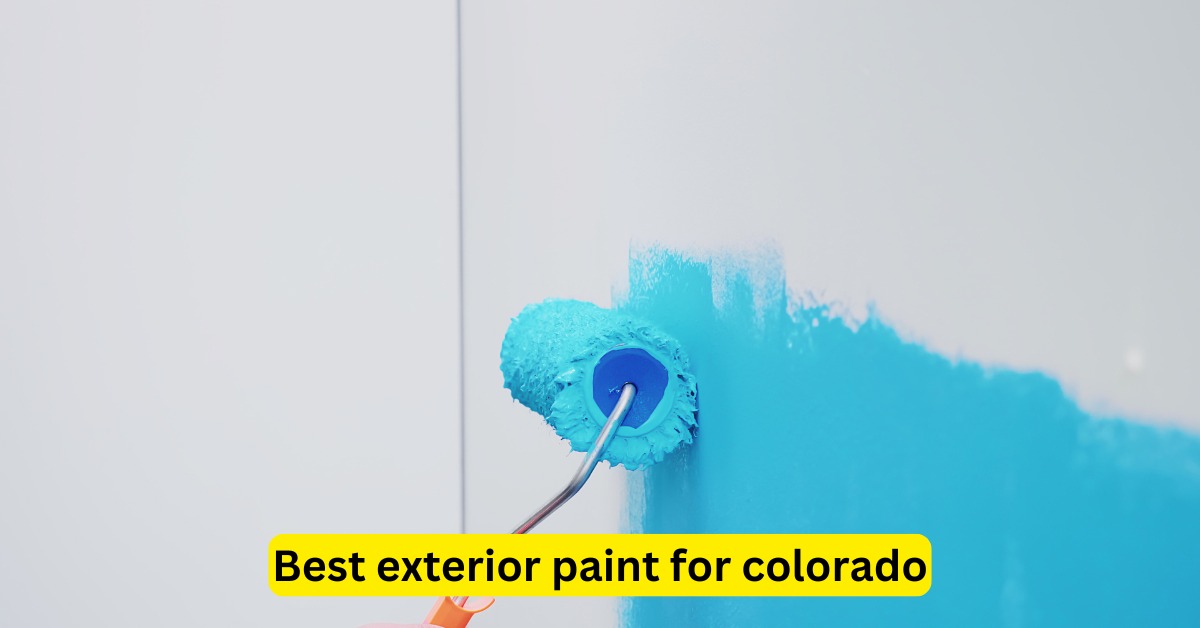
Leave a Reply